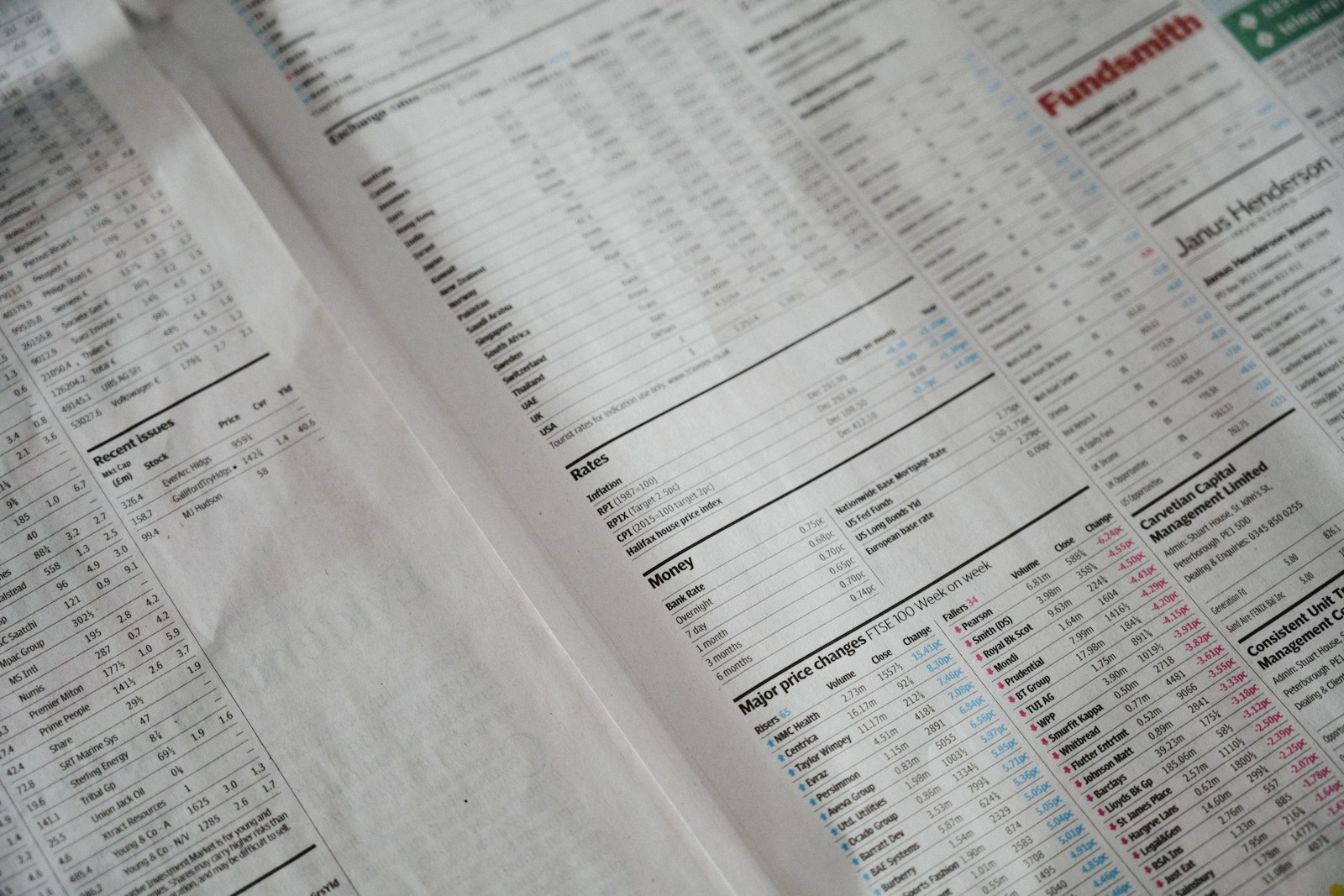
Der Einfluss der Geldpolitik auf Rohstoffpreise
Wirtschaftsdienst 104(2), 139-140.
In the wake of the COVID-19 pandemic and Russia’s invasion of Ukraine, commodity prices have risen sharply since around 2020 (Eurich, 2022). Energy commodities (especially the prices of natural gas and coal) recorded the strongest increase, causing the HWWI commodity price index to rise sharply. The HWWI commodity price index weights the most important commodity prices based on the average imports of OECD countries in the years 2017 to 2019. In addition, there were also sharp price increases for industrial metals (e.g. aluminum, copper, nickel, tin and zinc). In the food and luxury food sector, individual commodities such as wheat, barley, corn, oils, coffee, soy and sugar led to an increase in the index. From mid-2022, many commodity prices tended to normalize. Prices for energy commodities have fallen significantly again since then. However, they are still well above the level before the outbreak of the COVID-19 pandemic, roughly at the same level as before Russia’s invasion of Ukraine.


